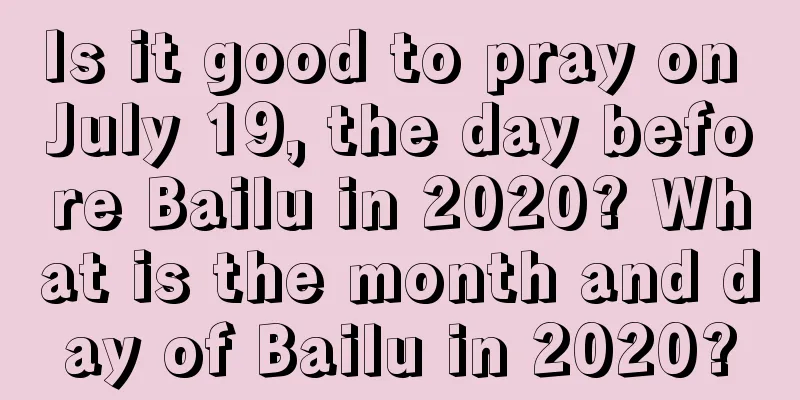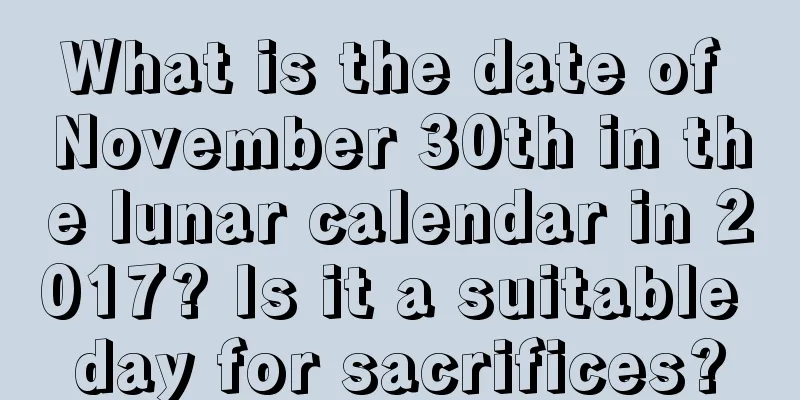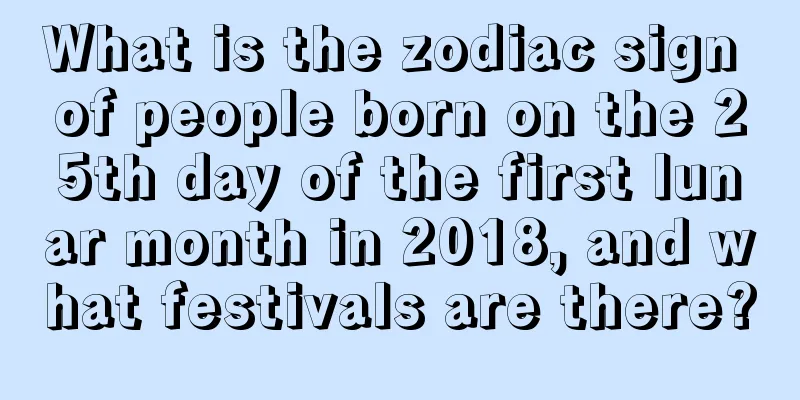Introduction to the Summer Solstice, Origin of the Summer Solstice

The summer solstice is approaching day by day. From the rising scorching sun, the increasing rainstorms, and the loud thunder, we know that this is the prelude to the arrival of the summer solstice. So what is the summer solstice? What is the origin of the summer solstice? The fifth month of the lunar calendar is also known as: Midsummer, Pomegranate Month, Pu Month, and Gao Month. The fifth month of the lunar calendar means the arrival of summer. Let’s take a look at the fifth month of the lunar calendar in 2018 with the Fortune Teller website.Summer Solstice Introduction:The summer solstice is one of the 24 solar terms, which falls on June 20, 21, or 22 of the Gregorian calendar every year. On the summer solstice, the sun moves to 90 degrees of ecliptic longitude (the summer solstice point, currently in Gemini), and the position of the sun directly above the ground reaches the northernmost point of the year, almost directly above the Tropic of Cancer. At this time, the daylight hours in all parts of the Northern Hemisphere reach the longest of the year. For areas on and north of the Tropic of Cancer, the summer solstice is also the day when the sun is highest at noon in the year. In Beijing, the daylight on the summer solstice can last up to 15 hours, and the sun's altitude at noon can reach 73°32′. On this day, the Northern Hemisphere receives the most solar radiation, nearly twice as much as the Southern Hemisphere.Origin of Summer Solstice:The summer solstice is the earliest solar term to be determined among the 24 solar terms. In the seventh century BC, our ancestors used a gnomon to measure the sun's shadow and determined the summer solstice. According to the Kezunxiandu Manuscript, "When the sun reaches its northernmost point, the day is at its longest, and the shadow is shortest, it is called the summer solstice. 'Zhi' means "extreme." On the summer solstice, the sun's position directly above the ground reaches the northernmost point of the year, almost directly above the Tropic of Cancer (23°26' north latitude). It is the day with the longest daylight in the year in all parts of the northern hemisphere, and the further north you go, the longer the daylight hours. For example, the day length in Haikou, Hainan is a little over 13 hours, in Hangzhou it is 14 hours, in Beijing it is about 15 hours, and in Mohe, Heilongjiang it can reach more than 17 hours. After the summer solstice, the sun's direct point begins to move southward, the days in the northern hemisphere begin to gradually shorten, and the altitude of the sun at noon over the Tropic of Cancer and to its north also begins to decrease day by day. There is a saying among the people that "after eating summer solstice noodles, the day becomes a line shorter." The Tang Dynasty poet Wei Yingwu also wrote in his poem "Summer Solstice Summer Vacation in Beichi" that "the daytime sundial has reached its lowest point, and the night clock has become longer from now on." It is midwinter in the Southern Hemisphere at this time.The Chinese people divide the 15 days after the summer solstice into three "times", usually the first time is 3 days, the middle time is 5 days, and the last time is 7 days. During this period, the temperature in most parts of China is high, the sunshine is sufficient, the crops grow very fast, and the physiological and ecological water requirements are relatively high. The precipitation at this time has a great impact on agricultural output, and there is a saying that "a drop of rain at the summer solstice is worth a thousand pieces of gold." In normal years, the precipitation in the middle and lower reaches of the Yangtze River and the Huanghuai region can generally meet the requirements for crop growth. "Jingchu Sui Shi Ji" records: "There will be three rainy days in June. Farmers regard it as sweet dew and people in the town congratulate each other." It can be seen that people had a clear understanding of this rainfall characteristic more than 1,000 years ago. In ancient my country, the summer solstice was divided into three stages: "The first stage is when deer antlers fall off; the second stage is when cicadas begin to sing; the third stage is when pinellia grows." Although elk and deer belong to the same family, the ancients believed that one is yin and the other is yang. A deer's horns grow forward, so they are yang. On the summer solstice, yin energy is born and yang energy begins to decline, so the yang antlers begin to fall off. The horns of the mulberry tree fall off on the winter solstice because it belongs to the Yin element. The male cicadas begin to flap their wings and chirp after the summer solstice because they feel the growth of Yin energy. Pinellia ternata is a shade-loving herb, and it gets its name because it grows in swamps or paddy fields in midsummer. It can be seen that in the hot midsummer, some shade-loving organisms begin to appear, while positive organisms begin to decline. “It’s not hot though at the summer solstice” and “The first day of the dog days is counted three days after the summer solstice.” Although the summer solstice indicates that the hot summer has arrived, it is not the hottest time yet. The temperature will continue to rise for a period of time after the summer solstice. After about another 20 to 30 days, it will generally be the hottest weather. |
>>: Is it a good idea to open a new store on the tenth day of the fifth lunar month in 2018?
Recommend
What does it mean that jackdaws freeze to death on the seventh and eighth days of the twelfth lunar month? Is it a good idea to have a birthday on Laba Festival in 2020?
Introduction: Laba Festival is one of the traditio...
Is it appropriate to choose the third day of the first lunar month in the Year of the Rat in 2020 as an auspicious day? What does it conflict with?
When choosing an auspicious day, one needs to cons...
Is New Year’s Day 2020 a good day? Does New Year’s Day mean the beginning of the new year?
January 1st of every year is New Year's Day, w...
Will the store open on October 19, 2018?
Shuimoxiansheng.com has carefully compiled detail...
How is the fortune of a baby boy born on the second day of the fifth lunar month in 2018?
The time of a child’s birth is very important, and...
Is it okay to break ground and move graves on October 14, the day before the Lower Yuan Festival in 2019? What is the Lower Yuan Festival?
Introduction: Generally, it is necessary to choose...
Is it appropriate to get engaged on the 28th day of the first lunar month in 2022? Is this a good day?
The first month is the Yin month, which is the fir...
Feng Shui has a trick: How to resolve six common problems in the workplace?
Introduction: The workplace is where all professio...
Is August 13, 2020 a good day to burn incense and pray for blessings? Check the lucky position of the God of Wealth on September 29
Introduction: It is necessary to choose an auspici...
2018 July 2nd Hour Lucky and Unlucky Query, Hour Lucky and Unlucky Query
As the saying goes, "July is the hottest mon...
Is March 27th of the lunar calendar in 2020 a good day? What month and date is it?
Some days are auspicious and some are inauspiciou...
How is April 23rd of the lunar calendar 2021? Is it good to travel?
Every day is good or bad, so let’s take a look at ...
Want good luck at the office? Plant placement is key!
Introduction: If an office has good feng shui and ...
Is May 22, 2019 a suitable date for opening a new store?
Midsummer is the time when pomegranate flowers ar...
Is November 13th of the lunar calendar in 2020 an auspicious day for marriage?
Is November 13th of the lunar calendar in 2020 an...









